.jpg?mode=max)
EMILE GALLÉ (18461904)
Emile Galle (Français 1846 -1904) Vase Soufflé Camée Grand vase à baies en verre soufflé Emile Gallé, vers 1910 Fond jaune et crème avec baies bleues soufflées sur des branches avec. Catégorie Antiquités, Début des années 1900, Français, Art nouveau, Vases. Matériaux.

Cyril Carlin Obituary Dartmouth, NS
Émile Gallé was a French glass artist working within the Art Nouveau movement. Best known for his thick glass objects etched with floral motifs, Gallé often used experimental techniques that included air bubbles and cameo in his glass work.

Carlin
Émile Gallé, (born May 8, 1846, Nancy, France—died Sept. 23, 1904, Nancy), celebrated French designer and pioneer in technical innovations in glass. He was a leading initiator of the Art Nouveau style and of the modern renaissance of French art glass. The son of a successful faience and furniture producer, Gallé studied philosophy, botany.
.jpg)
EMILE GALLÉ , A FAIENCE MODEL OF A FRENCH BULLDOG, CIRCA 1890 Christie's
Émile Gallé (French pronunciation: [emil ɡale]; 8 May 1846 in Nancy - 23 September 1904 in Nancy) was a French artist and designer who worked in glass, and is considered to be one of the major innovators in the French Art Nouveau movement. He was noted for his designs of Art Nouveau glass art.
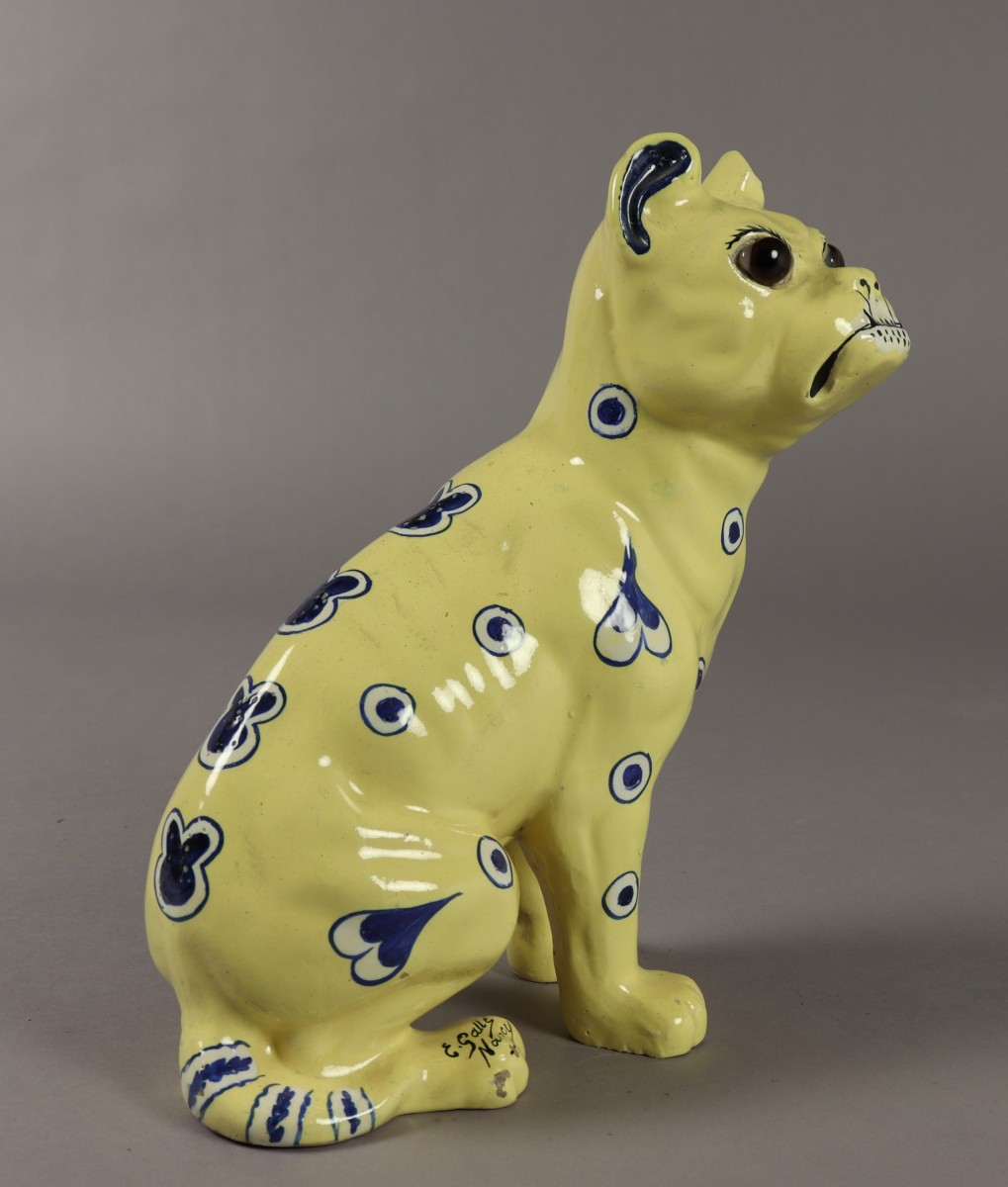
Earthenware Dog called "chien aux cœurs bleus " Emile Gallé Ref.99790
Émile Gallé and the Revue des arts décoratifs Valérie Thomas Throughout his life, the glassmaker and furniture designer Émile Gallé (1846-1904) accorded an important place to the written word, composing numerous texts for pub-lication and maintaining an active correspondence with friends and family (fig. 1).1 The

State Sen. Carlin defends Trump, GOP beliefs against 'Democrat Party's war against every freedom
Émile Gallé (French, May 4, 1846-September 23, 1904) was a glass maker, ceramist, and designer known as one of the most outstanding glass artists of the 19th-century. He was also a pioneering artist of the Art Nouveau Movement. Gallé was born in Nancy, France, in the home of a faience and furniture manufacturer.
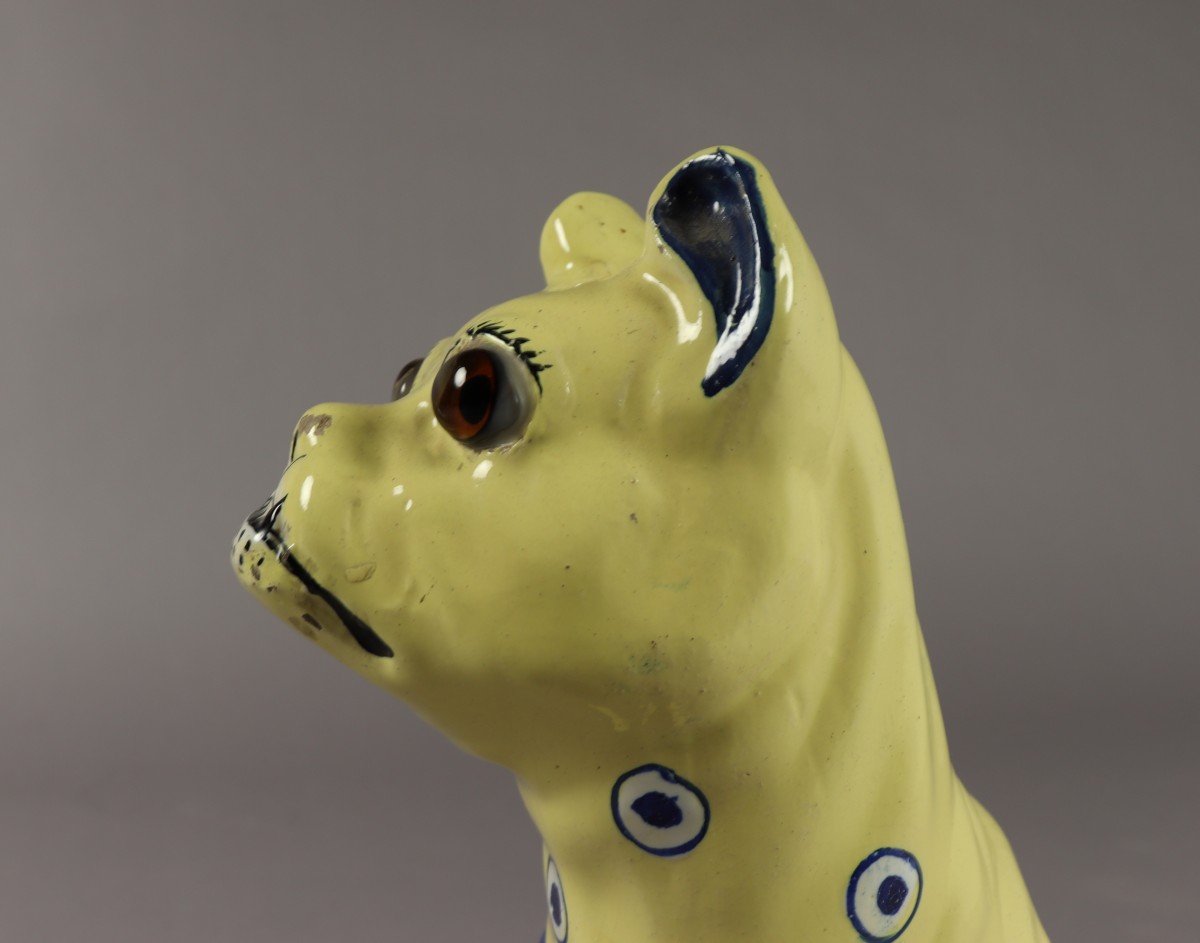
Emile Gallé Chien en faïence dit « chien aux cœurs bleus » XIXe siècle N.99790
In the late 19th century Émile Gallé's vibrant glassware helped to transform ideas of what art could be. Christie's specialists share their insights into the work of the master himself and of the factory he founded 3 September 2022 Émile Gallé (1846-1904), Vase à décor marin, circa 1900 (detail). 5½ x 4⅜ x 3½ in (14 x 11 x 9 cm).
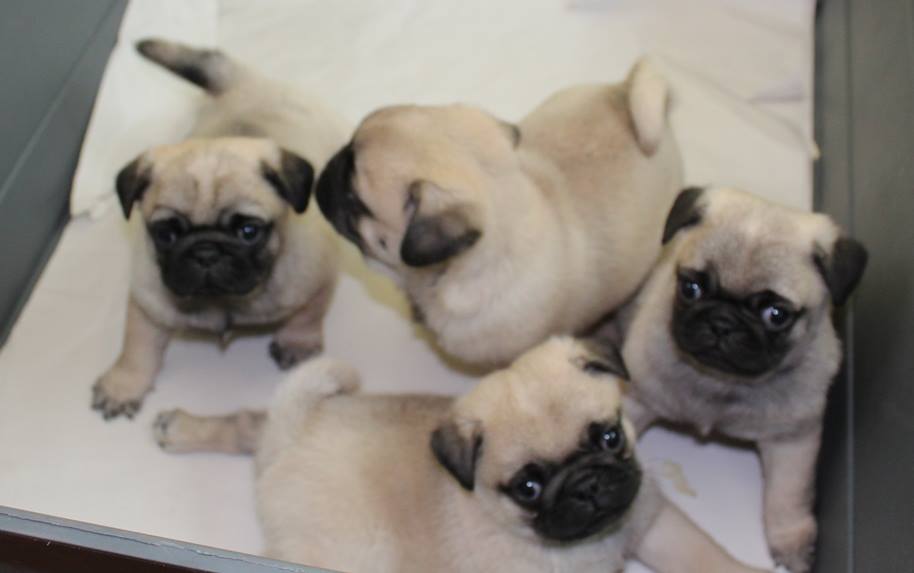
25 Droll Chiot Carlin Don Picture HD fr.bleumoonproductions
The Nancy artist, Emile Gallé, showed his attachment to the return of Alsace-Moselle by using the Cross of Lorraine in his creations. It can be seen in particular on the famous Rhine table, an allegorical work on display in the Musée de l'École de Nancy. The Rhine Table by Emile Gallé - photo by French Moments . On the eve of the Great War
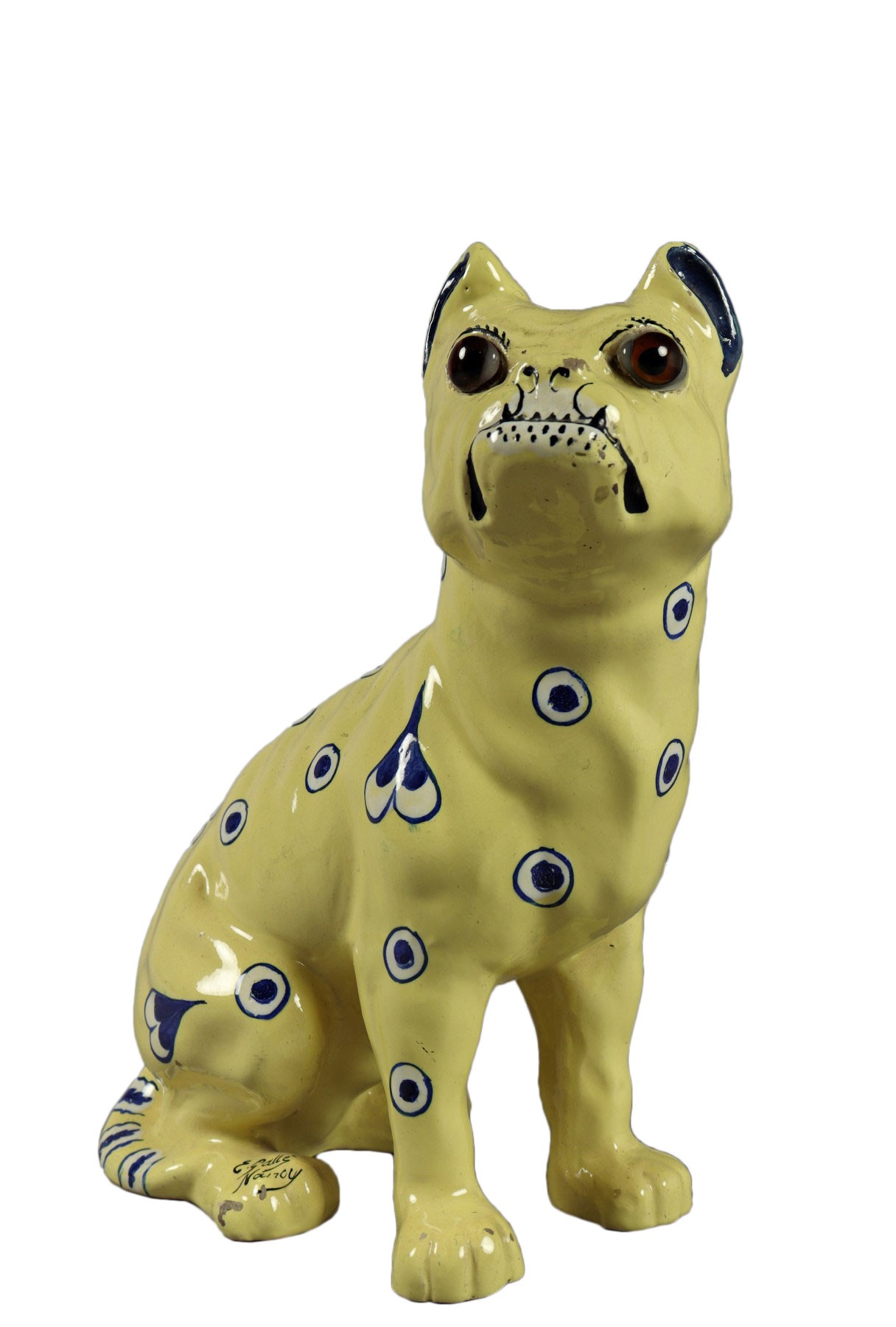
Earthenware Dog called "chien aux cœurs bleus " Emile Gallé Ref.99790
Abstract. Abstract: The text discusses the relationships between Émile Gallé and Victor Champier, director of the Revue des arts décoratifs, based on an unpublished archival collection, owned by the Getty Research Institute.The letters show the usual topics of interest and concern of the artist and are particularly interesting to study his relationship with the artistic press of his time.
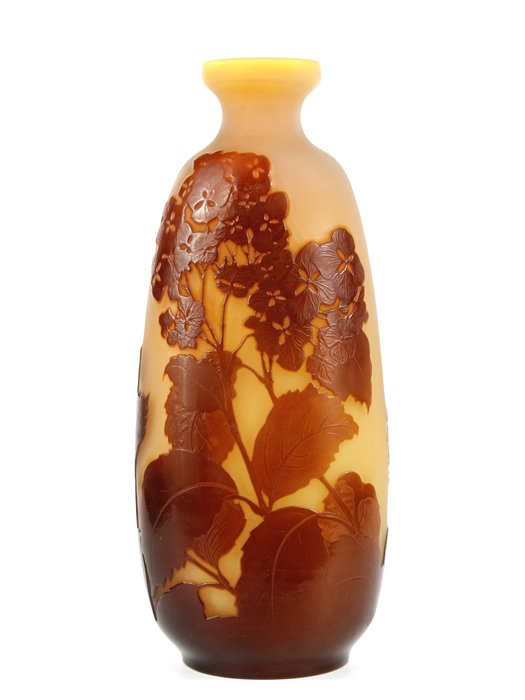
Établissements Gallé, Emile Gallé Jarrón Catawiki
Emile Gallé, 1846 - 1904, is considered a driving force behind the Art Nouveau movement and one of the most outstanding glass artists of his time. His naturalistic designs and innovative techniques greatly contributed to the development of the art of glassmaking and to the Art Nouveau Style. Life Gallé was born in the

Émile GALLÉ (18461904) Chat en faïence émaillée blanc Signé à la base H 33 cm (cheveu sur la
Wikipedia article References Émile Gallé (8 May 1846 in Nancy - 23 September 1904 in Nancy) was a French artist who worked in glass, and is considered to be one of the major forces in the French Art Nouveau movement. Gallé was the son of a faience and furniture manufacturer and studied philosophy, botany, and drawing in his youth.

Louis Hestaux, Le Peintre sur Faïcence, 1889 Céramiques d'Émile Gallé lion torchère, satuette
Meuble Bronze. Fabriqué A La Main. En Francais. Afficher toutes les recherches populaires sur la catégorie Objets décoratifs. Afficher cet article et découvrir d'autres articles similaires de la catégorie en vente sur 1stDibs - Cet incroyable carlin en poterie de faïence a été créé par Émile Gallé au cours des premières années de.
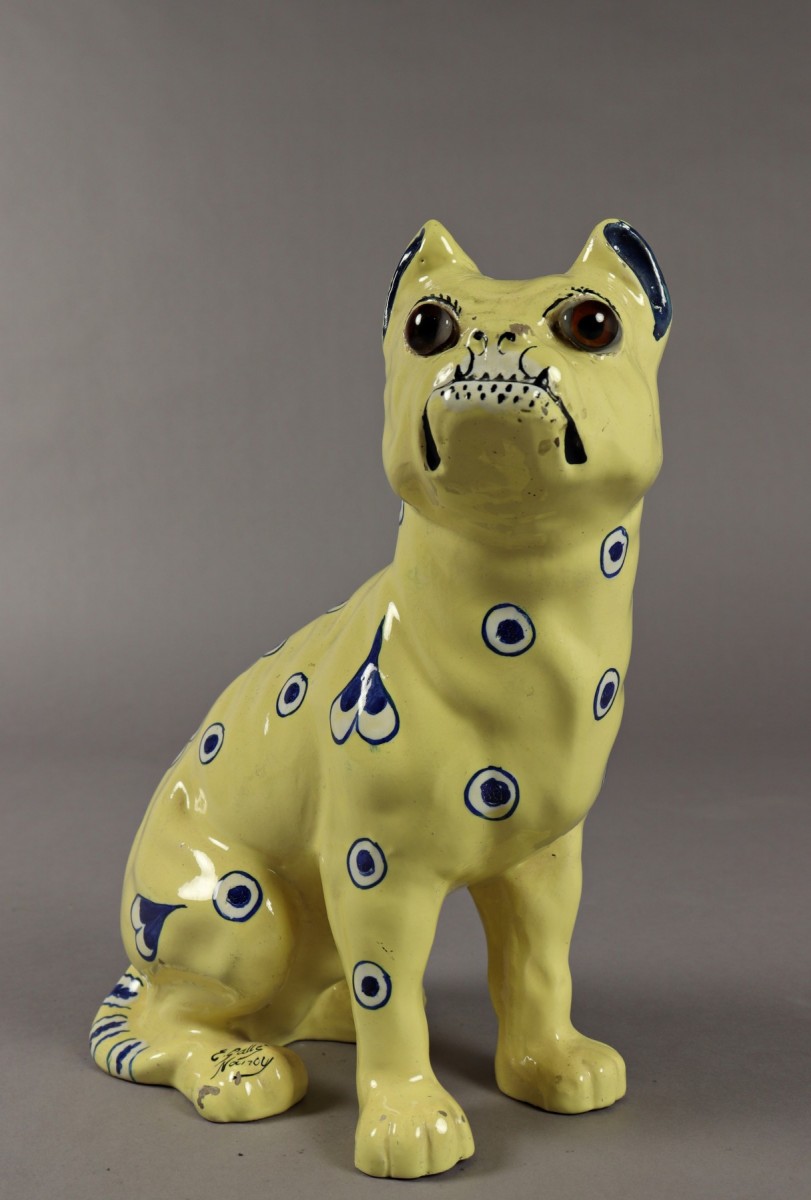
Earthenware Dog called "chien aux cœurs bleus " Emile Gallé Ref.99790
16 June 2010, 10:30 BST Sold for £1,440 inc. premium Emile Gallé 'Mr Le Baron' a Faience pottery Dog, circa 1900 painted in natural tones with a red collar with the title 'Mr Le Baron' 32cm high, signed to foot (minor restorations) Additional information Auction information This sale is now finished.

SwashVillage Carlin Biografie
An icon of the French Art Nouveau movement, Émile Gallé fostered a prolific career through his experimental techniques and intricate designs. Gallé's body of work draws inspiration from the designer's academic background of botany, art, and philosophy. Working at the turn of the 19th century, Gallé manifested his distinctive.

Proantic Earthenware Dog By Emile Gallé
Émile Gallé ( French pronunciation: [emil ɡale]; 8 May 1846 in Nancy - 23 September 1904 in Nancy) was a French artist and designer who worked in glass, and is considered to be one of the major innovators in the French Art Nouveau movement.
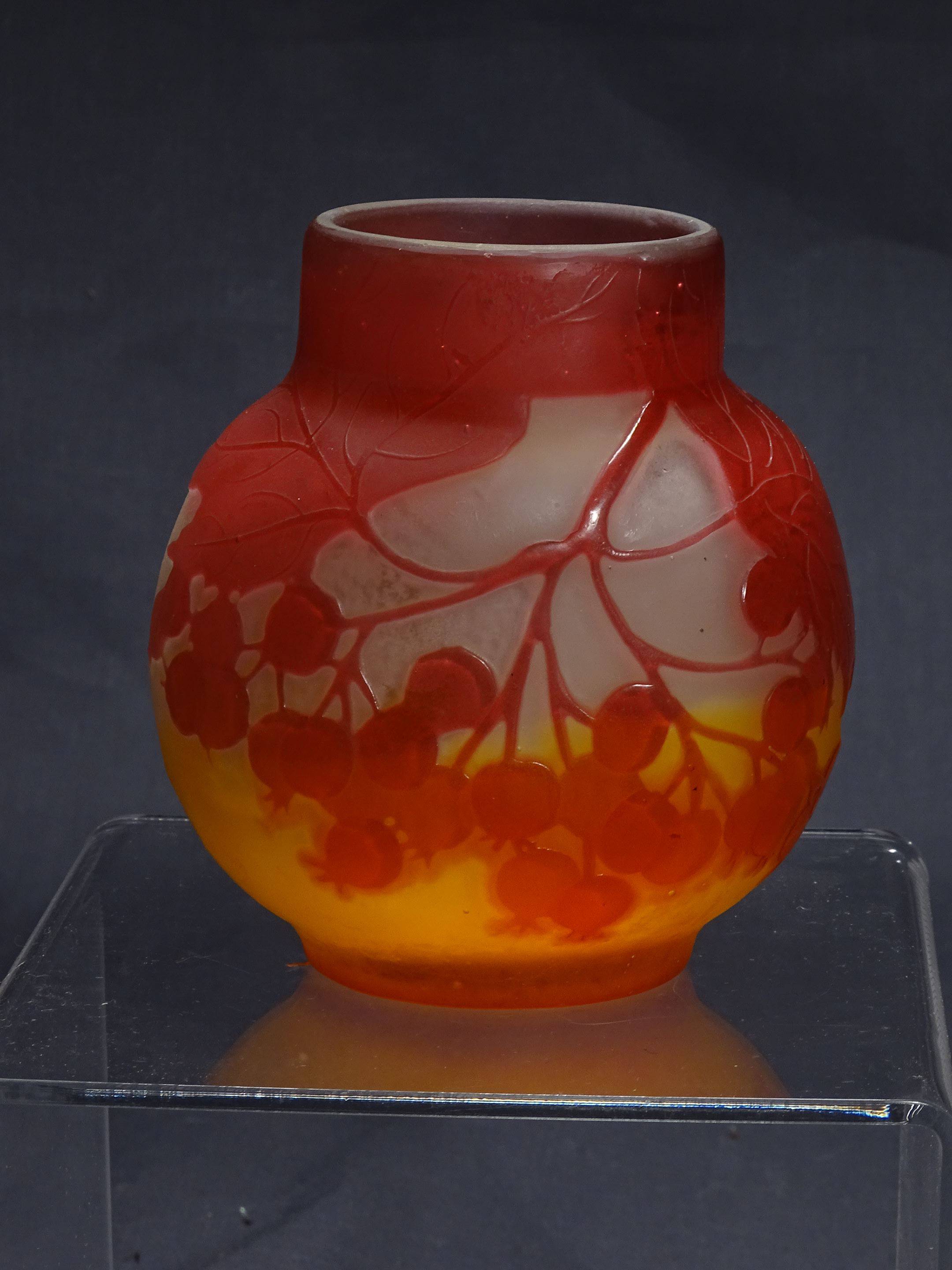
GALLE Emile petit vase boule, col hexagone en verre multicouches dégagé à l'acide de fleurs de
Émile GALLÉ (1846-1904) Chien Carlin en faïence émaillée vert turquoise, yeux marrons en verre. Haut. 31 cm; Long. 32 cm (Petit éclat sur une oreille)